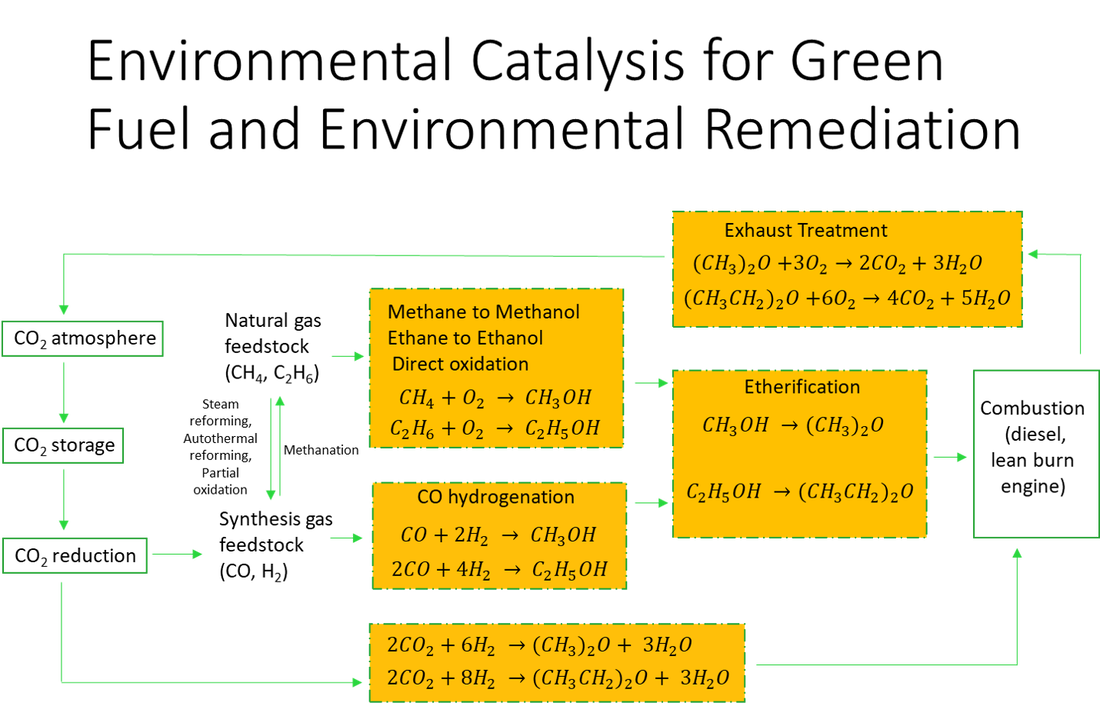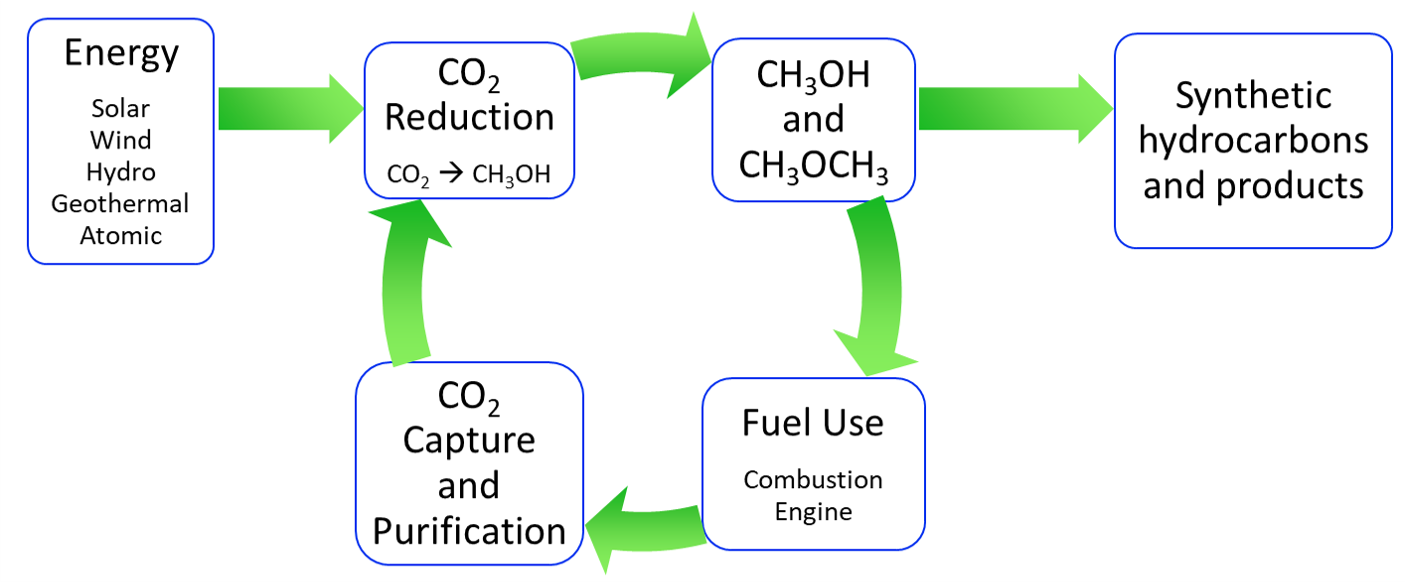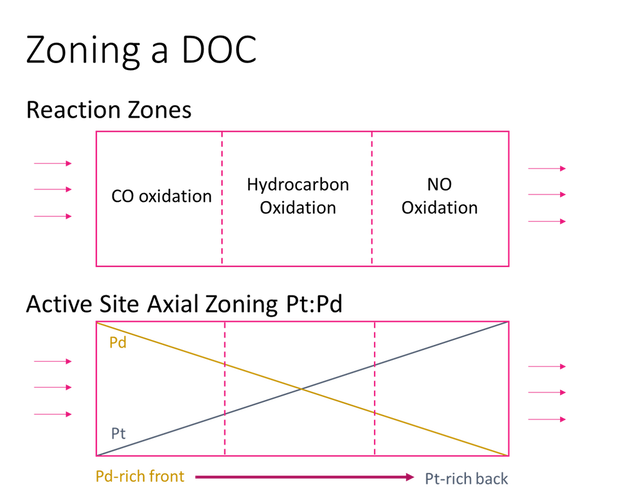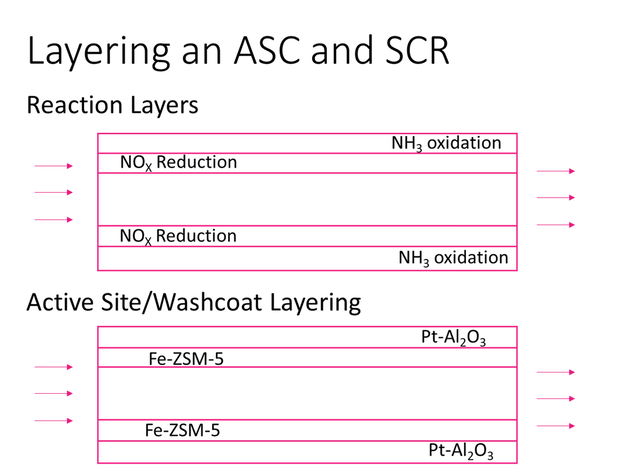Research
Overall Research Goals
Carbon Dioxide to FuelsClimate change is a grand challenge facing society today, and while the move to electric and hybrid vehicles is happening slowly, there needs to be more environmentally friendly alternatives available for fuels used in internal combustion engines. This is particularly relevant in Canada, where the use of electrified vehicles may not be practical for the agricultural industry, for moving freight inland, for marine transport, in the aerospace industry, or for rural or isolated northern indigenous communities. Chemical processes to develop green fuels for tomorrow that meet high energy density requirements require catalysts to form these fuels from reactant molecules in a sustainable, energy efficient way. Catalysts essentially lower the energy barriers required to form the desired products. Reaction pathway analysis, process analysis, and a technoeconomic analysis will be conducted to determine the optimal catalytic pathways from carbon dioxide to green fuels and chemicals.
Catalyst DesignHeterogeneous catalysts consist of metals supported on high surface area materials. These metals react with reactants in a separate fluid phase, and are reacted to other compounds. A catalyst can be rationally synthesized by incorporating different metals in bimetallic, trimetallic phases, changing particle sizes, using different supports, promoters, etc. Furthermore, flow through catalytic reactors can be spatially designed by layering one washcoated catalyst over another, or by distributing one or more catalytic component along the length of the reactor (see schematic representations to the right). The first schematic representation shows an example for a diesel oxidation catalyst (DOC) where Pt and Pd could be zoned to facilitate improved CO and hydrocarbon oxidation performance. The second shows a situation where a selective catalytic reduction (SCR) catalyst can be washcoated on top of an Ammonia Slip Catalyst (ASC) for the selective reduction of nitrogen oxide(s) to nitrogen.
|
Research Methodologies
Green Fuel Emissions RemediationEmissions from internal combustion engines fueled by green fuels will need to meet the same strict environmental regulations set by governmental agencies that gasoline and diesel fuel emissions currently have to meet. Due to the different hydrocarbons present in biofuels and green fuels themselves, the hydrocarbons emitted from their combustion are different than conventional fuels. Unburned hydrocarbon emissions are an important component of the emissions that need to be oxidized based on regulations set by regulating bodies such as Environment Canada, the United States Environmental Protection Agency, or the California Air Resources Board. So the research program is looking specifically for students interested in hydrocarbon oxidation catalysis with a focus on hydrocarbons produced from the combustion of biofuels on both gasoline and diesel applications. This means work on one of the diesel oxidation catalyst (DOC), or the three way catalyst (TWC) for gasoline applications.
|
Keywords
bimetallic catalysts - biofuels and biochemicals - catalyst design - catalyst distribution - catalyst zoning - emissions catalysis - environmental chemistry - functionalization - green chemistry - heterogeneous catalysis - oxidation catalysts - reaction kinetics - reaction mechanisms - solid acid catalysts - spatially resolved reactions





